Houseplant fertilizers are significantly important to assure proper growth, development, blooming, and yield production in the garden.
Introduction
What is the Best Fertilizer for indoor plants and Gardens?
-
Nitrogen
-
Phosphorus
-
Potassium
-
Calcium
-
Magnesium
-
Sulfur
When Should You Fertilize Houseplants?
-
More Fertilization or Improving Bio-availability of Already Present Nutrients in Soil
Houseplant Fertilizer Basics: How and When to Feed Houseplants
-
Type of Fertilizer
-
Amount of Fertilizer for Indoor Plants and Garden
-
Liquid Fertilizers and Foliar Fertilization
-
Mulching as A Slow Release Plant Food
-
Best Fertilization Timing
-
Symptoms of Nutrient Deficiencies
-
Fertilization Variation According to Soil Type
How to Fertilize Houseplants
-
Eggshells as Houseplant Fertilizer
-
Banana Peel as Houseplant Fertilizer
-
Coffee Grounds as Houseplant Fertilizer
Conclusion
Introduction
Houseplants and indoor plants need proper care, management, and fertilization for best growth, development, and survival. Unlike other plants, houseplants are completely dependent on fertilization and the right management. The fertility of the soil or any other grow media in indoor conditions is depleted due to the constant uptake of nutrients by the plants.
Growers must add fertile soil, plant food, or fertilizers to support the better growth and reproduction of plants. Thousands of customers and growers are greatly satisfied with the optimal use of houseplant fertilizer and plant food. Therefore, this article is focused to discuss the significance of using the right and safe fertilization practices and tips for fertilizing houseplants.
What is the Best Fertilizer for indoor plants?
The selection of the best fertilizer for indoor plants is greatly dependent on the type of growing plants and the fertility of growing media. Generally, all growing plants need more amounts of nitrogen, phosphorus, potassium, calcium, magnesium, sulfur, and some micronutrients such as iron, zinc, and silicon. So you must select fertilizers and plant food that contain all essential nutrients.

The application of macronutrients in a required ratio is more critical to supporting plant growth. Growers can use different possible options to provide these nutrients. The use of a balanced fertilizer having an optimal NPK ratio is an ideal choice for your garden and indoor growing plants.
Different kinds of potting mixes and houseplant fertilizers are also available in markets, nurseries, gardening stores, and online markets. Growers can easily get the required houseplant fertilizer according to the needs of growing plants, Humboldts Secret is offering amazingly high quality and safe starting kits to make houseplant growing simpler, easier, and mess-free during summer, winter, and spring seasons.
This kit provides all the necessary things and is an ideal choice for both beginners and expert gardeners. Moreover, it has excellent compatibility for all growing mediums and does not cause any concerns in terms of environmental safety and soil biodiversity protection. Humboldts Secret Supplies is offering a six-month money-back guarantee to unsatisfied customers.
This Starter Kit supports the excellent growth and development of plants, and it includes Plant enzymes, Iron, CalMag, Flower Stacker, Golden Tree, and Grow and Bloom Bases A and B. The presence of soil enzymes ensures proper mineralization and uptake of nutrients by the plants. A proper mix of soil enzymes and macronutrients (NPK) is essentially helpful to protect the roots and plants from the adverse effects of biotic and abiotic stresses. Thus, a balanced application of NPK helps to grow healthy plants in your garden.

Even though houseplants are greatly protected and managed by the growers, sudden changes in the environmental conditions, diseases, pests, and improper input application can cause stress. The immunity system and defensive mechanism of houseplants and indoor plants are greatly improved by the provision of required nutrients at the right time and place. Therefore, the use of this Starter Kit by the Humboldts Secret Supplies is essentially helpful to reduce the efforts and worries of growers.
The functions of some important macronutrients such as (NPK) and (Calcium, Magnesium, and Sulfur) for houseplants are as follows.
Nitrogen
It is a major component of chlorophyll and helps plants with photosynthesis. It also helps the build-up of amino acids to form protein. Its optimal application is especially important for leafy plants. However, blooming plants requires less nitrogen because it plays a major role in plant development and vegetative growth. Outdoor plants can obtain this element through biological nitrogen fixation but indoor houseplants are greatly dependent on the right fertilization ratio. Growers can provide nitrogen to plants in the form of granules, liquid fertilizers, and compost.

Phosphorus
It is an essential nutrient for flowers, roots, fruits, and buds. It helps energy transfer from one plant part to other parts, such as from the root zone to the growing buds. Its optimal uptake is critically important for cell division, development, and tissue production.
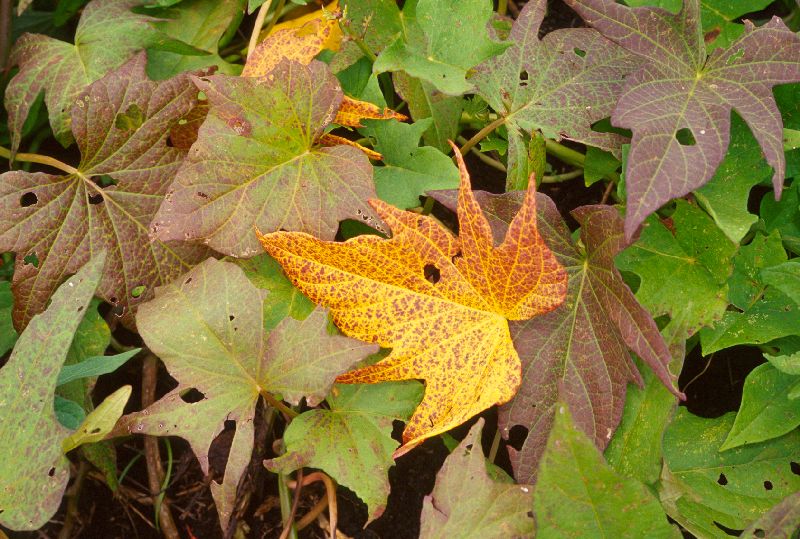
Phosphorus is more important for flowering plants than leafy ones. These plants need a higher dosage of phosphorus than nitrogen and potassium so growers must select fertilizers and indoor plant food having more amounts of phosphorus. It is also possible to apply phosphorus in the form of slow-release fertilizers, plant food, and liquid fertilizer.
Potassium
This nutrient has no direct role to build up the biochemical constituents of plants but it helps to maintain plant vigor and vitality. It has a significant role in enzyme catalysis, protein synthesis, and promoting plant growth. It is also helpful for the regulation of stomatal opening and closure and favors the exchange of gases. Less potassium application and plant uptake can cause excessive water losses from the plants and lead to desiccation and drying.

Calcium
It is essentially important for the cellular growth and build-up of the cell walls. Its normal uptake is also important for the mineral transport and retention of other nutrients. Calcium application is critically important for indoor plants.

Magnesium
Magnesium plays a direct role in photosynthesis because it is an integral part of the chlorophyll molecule. It also plays a direct role in the activation of various plant enzymes. Some growers neglect the application of secondary macronutrients but they should provide magnesium to indoor houseplants for better survival and healthy growth.
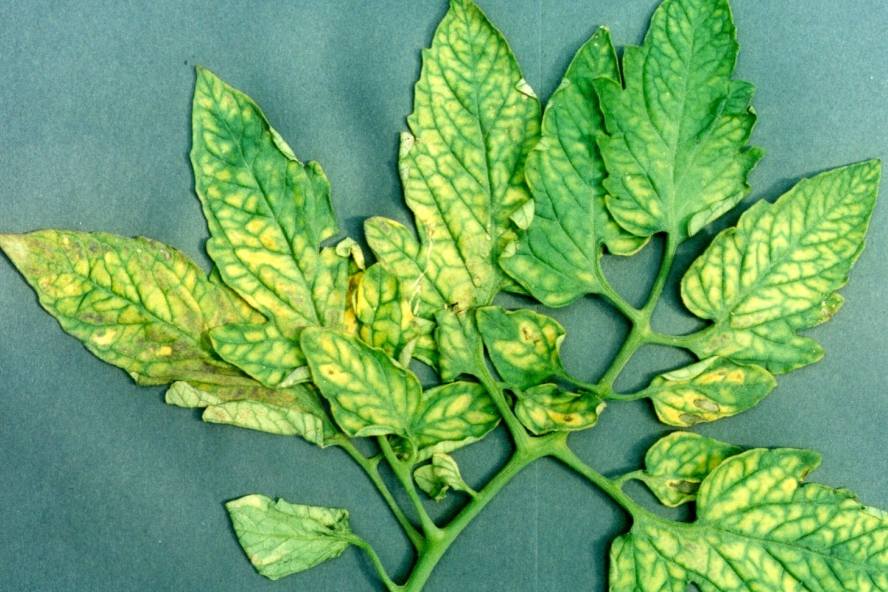
Sulfur
Sulfur plays a significant role in chlorophyll production, protein synthesis, and tissue buildup. It also promotes plant metabolic activities and supports the effective utilization of nitrogen. It can be applied in the form of both natural and synthetic slow-release fertilizers and plant food.

When should you fertilize houseplants?
Houseplants only need fertilizers and plant food at their actively growing stages, so growers should identify the growing season and resting stages of plants before fertilization. Fertilizing the plants at the right time and in the right ratio is critically important to get the best results because fertilization at the dormant stage (winter season) can cause foliage to burn or die. Estimation of fertilization needs of plants by soil testing, and plant tissue testing is the most appropriate way to get an idea about the nutritional deficiency and toxicity.
There are different types of houseplant fertilizers such as tablets, spikes, granules, crystallines, and liquids. The frequency of fertilization is also dependent on the nutrient contents in the specific formulations. It is essential to note the total amount of specific nutrients in the fertilizer. The soil itself contains natural nutrients and growers must consider the accurate presence of nutrients in the soil before the next fertilization.
More Fertilization or Improving Bio-availability of Already Present Nutrients in Soil?
There are times when nutrients are present in the soil. But the plant is unable to uptake the nutrients due to chelation, hardpan formation, and changes in the biological and chemical properties of soil. The introduction of beneficial microbes and bacterial communities also helps to improve the solubility ratio of the nutrients in the soil and grow media for better uptake. Usually, the fertilization and feeding needs of plants will vary between two weeks and/or three-four months.
Yellowing of leaves and the appearance of necrotic areas is also an indication of nutrient deficiency. Sometimes nutrient toxicity also causes the appearance of similar symptoms so growers must consider determining the plant nutrient requirements by the proper testing. Soil testing kits are easily available in the markets and growers can also get benefit from the services of local agricultural extension workers, and soil and water testing laboratories.
Houseplant Fertilizer Basics: How and When to Feed Houseplants
Growers can use both granular and liquid fertilizer for feeding the potted plants. Each fertilizer type has its benefits and growers can select any method according to their personal preferences. Liquid fertilizers and liquid plant food are most effective than granular fertilizers in terms of efficient absorption. Avoid mixing these fertilizers with poor quality and contaminated water as it can exert negative effects on growing plants. Spread granules and spikes properly in the soil and grow media to get better results.
The best houseplant fertilizer for potted plants includes compost tea bags. Compost tea concentrate, worm casting tea, fish emulsion, spikes, and liquid kelp seaweed. Granular fertilizer offers a slow release of nutrients and these nutrients are not immediately available to the plants. The application of these fertilizers helps to provide nutrients for longer periods to both outdoor plants and indoor plants.
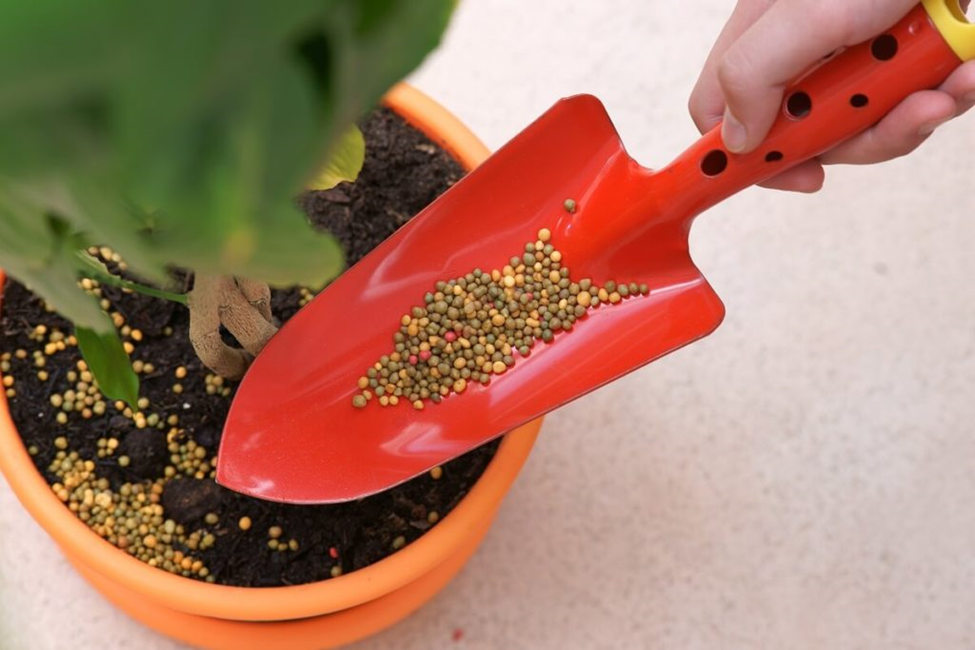
Type of Fertilizer
Different types of slow-release NPK fertilizers are easily available in the market and growers can select any fertilizer either in the compound form or separately. Some common examples of these fertilizers and plant feed include root zone feeder packs, spikes, organic crab shells, compost, earthworm castings, and powdered meal. Liquid organic fertilizers are also available in the markets and offer great ease of application and healthy produce. However, it is important to avoid direct contact between seeds, and granular fertilizer.
Amount of Fertilizer for Indoor Plants
The amount of houseplant fertilizer to be used depends on the size of the pots and the type of plant being grown. The fertilizer dosage is written on the fertilizer and feed labels and growers must dilute the fertilizers for application. Overdosage and excessive application can cause foliage burning and may kill indoor plants and outdoor plants. Maintenance of optimal distance between granular fertilizer and below-ground parts is also important for better absorption.
Liquid Fertilizers and Foliar Fertilization
Mostly the use of liquid houseplant fertilizer is more recommended for potted plants. However, growers can also spread some grains of slow-release fertilizers on the topsoil of the container soil. Foliar fertilization is also helpful to overcome nutritional deficiencies in plant parts. Mix the fertilizer with water and sprinkle it on the aerial growing plants. The use of some adjuvants is also recommended to help the solution stay on leaves and foliage for some time.
Mulching
Mulching is also a good approach for containers and potted plants. It also helps to minimize evaporation losses and temperature regulation. It also protects the potting soil, roots, and seeds from rain and wind erosion and harsh external conditions. Thus, it ensures proper germination and helps produce vigorous and better-quality plants.
The addition of natural organic mulches is much more helpful to improve soil fertility, soil biodiversity, and nutrient mineralization. However, mulch is not a better choice for all the plants and growers must check the feasibility before mulching.
Some of the best mulching materials for the potted plants include coconut coir, shredded newspapers, grass clippings, straws, fabrics, and hay. These materials are slow-release sources of nutrients and assure constant nutrition. The mulching material must be free from contaminants as otherwise, it can cause significant concerns for the survival of plants.
Best Fertilization Timing
Usually, spring is the best time for fertilizing the houseplants because plants are actively growing at this time. Fast-growing plants require more fertilization than slow-growing plants. While some plants (cactus) do not need fertilizers and indoor plant food. Fertilization can kill these plants so growers must avoid fertilizing all houseplants equally. Avoid fertilizing the plants in the winter season and at the dormant stages. These plants resume healthy growth in the spring and summer seasons.
Symptoms of Nutrient Deficiencies
Some common indications of the fertilization needs of the plants are smaller flowers, delayed blooming, stunted growth, and discolored leaves. These symptoms are also caused by over-fertilization, over-irrigation, under irrigation, insect pests, and diseases. Therefore, growers must check the symptoms in detail before planning the next fertilization.
The fertilization timing is also dependent on numerous factors such as size and type of plant, stage of growth, amount and type of soil, climate and season, and the number of fertilizers. Plants having fast-growing nature and producing more fruits and flowers grows well in fertile and nutritionally rich soils. So these plants require frequent fertilization and plant food. Thus the grower must apply the calculated amount of fertilizers to avoid adverse effects.
Fertilization Variation According to Soil Type
Clayey, loamy, and dense soils have more nutrient holding and provision capacity than sandy soils. Therefore, denser soils need less fertilization and sandy soils require more frequent fertilization. Plants growing in less soil also needs frequent fertilization due to more nutrient depletion. While plants growing in the abundant soil or grow media requires fertilization less often because the use of more soil helps to hold more nutrients.
How to Fertilize Houseplants
Different houseplants and indoor plants have different fertilization requirements so growers must check the plant's needs by proper testing. Generally, it is possible to fertilize the plants every 2-4 weeks during the spring and summer growing seasons. Growers can use synthetic and organic fertilizers for feeding houseplants and for the provision of balanced macronutrients and micronutrients.
It is not always necessary to purchase houseplant fertilizers from the markets as growers can also make natural fertilizers at home by using fallen leaves, residues, granular fertilizers, spikes, and kitchen waste. There are numerous benefits and tips of using kitchen waste and organic fertilizer for fertilizing the houseplants and some are discussed below.
Eggshells as Houseplant Fertilizers
Eggshells are a rich source of calcium and improve soil fertility. Its application also helps to lower soil acidity and the plant can uptake other nutrients in a better way. It is also possible to mix the clean and crushed eggshells in the soil, houseplant fertilizer and potting mix for feeding plants.
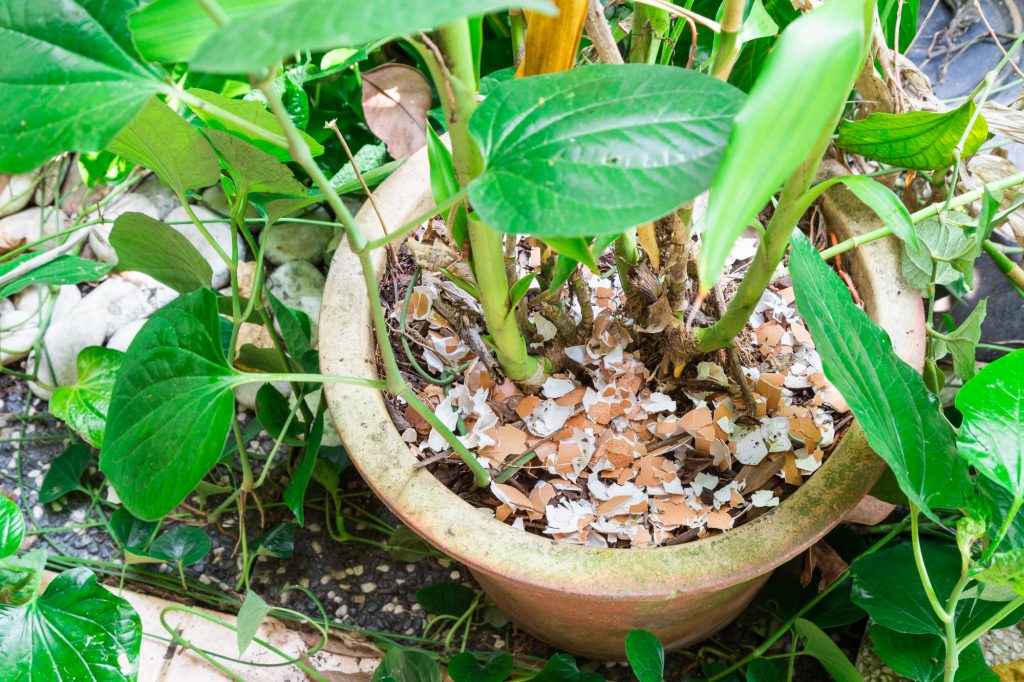
Banana Peels as Houseplant Fertilizers
Banana peels are natural sources of potassium and also contain a certain amount of nitrogen, phosphorus, and magnesium. These are slow-release nutrient sources and growers can add these to the soil both in the form of strips and smaller pieces.
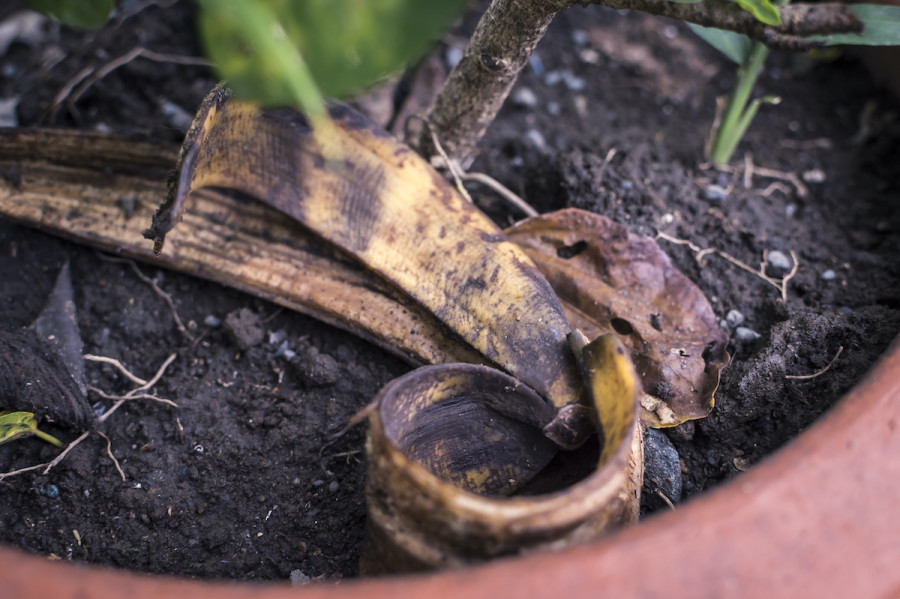
Coffee Grounds as Houseplant Fertilizers
Coffee grounds can be applied in combination with compost and potting soil. It is also possible to make liquid coffee fertilizer by soaking the coffee grounds in water for 7-10 days. These are rich sources of nitrogen but also provide Phosphorus P and Potassium K and micronutrients to the growing plants. Coffee grounds help make significantly important houseplant fertilizer, organic fertilizer, and indoor plant food that can be applied in all growing seasons.

Conclusion
Are you a houseplant enthusiast and want to get maximum growth and development? You can easily get the best growth and production in the garden and indoor growing spaces by fertilizing houseplants according to their needs. Millions of growers report a significant boost in the growth of houseplants by feeding them with the right type of fertilizer. Therefore selection of the best type of fertilizer formula according to season, type of plant, and growing environment is greatly important to get the best growth and production.
